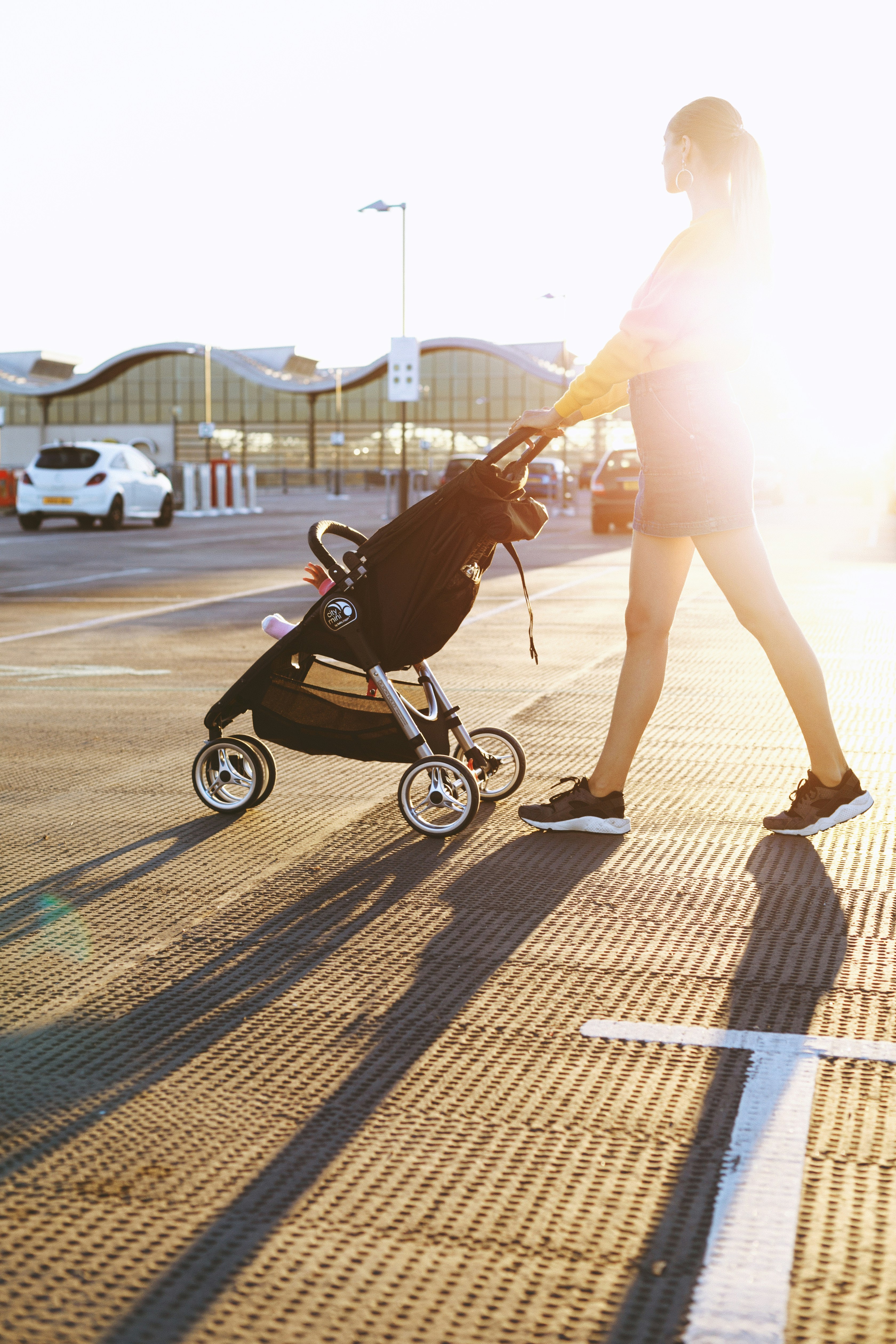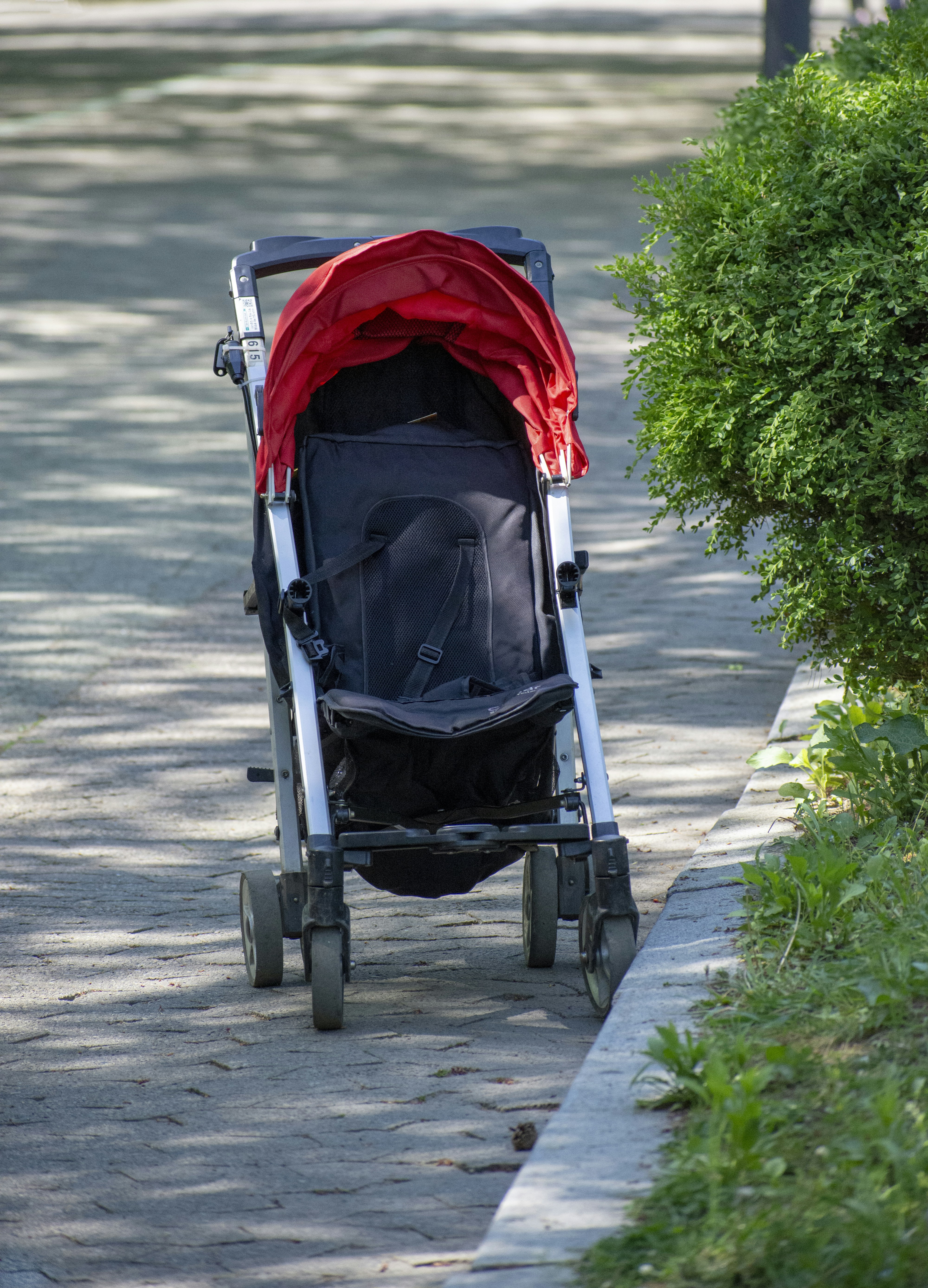What’s The Weight Limit Of A Stroller And For How Long Can A Child Use It?
In this article, we will discuss the weight limit of a stroller and how long a child can safely use it. We’ll explore the different types of strollers and their weight capacities, as well as factors to consider when determining if a child has outgrown a stroller. By the end, you’ll have a better understanding of what to look for when choosing and using a stroller for your child.
Weight Limit of a Stroller
Understanding the Importance of Weight Limit
When it comes to choosing a stroller for your child, one of the most crucial factors to consider is the weight limit. The weight limit refers to the maximum amount of weight that a stroller can safely support. This limit not only ensures the safety and stability of the stroller but also affects its overall performance and longevity.
Different Weight Limits for Different Stroller Types
It’s important to note that different types of strollers have varying weight limits. This is because each type of stroller is designed to cater to specific needs and age groups. Understanding the weight limits for different stroller types can help you make an informed decision while selecting the right stroller for your child.
Factors Influencing the Weight Limit
Several factors influence the weight limit of a stroller. By considering these factors, you can determine the maximum weight that your stroller can safely handle.
Structural Design and Material
The structural design and material of a stroller play a significant role in determining its weight limit. Strollers with sturdy and robust frames made of high-quality materials like aluminum or steel tend to have higher weight limits. These materials provide better stability and support, allowing the stroller to handle heavier loads.
Wheel Size and Quality
The size and quality of the stroller’s wheels also contribute to its weight limit. Strollers with larger and more durable wheels can support higher weights and offer better maneuverability. Smaller wheels or wheels made of inferior materials may not be able to withstand the pressure of heavier loads, resulting in reduced performance and safety risks.
Suspension System
Some strollers are equipped with suspension systems that absorb shocks and provide a smoother ride. These suspension systems can help distribute the weight more evenly, allowing the stroller to accommodate higher weights without compromising stability or comfort.
Brakes and Safety Features
The braking system and overall safety features of a stroller are crucial when it comes to weight limits. Strollers with reliable and effective braking mechanisms can handle higher weights more safely. Additionally, strollers with safety features such as a secure harness system and sturdy construction can provide better support and stability, ensuring the child’s safety while using the stroller.
This image is property of images.unsplash.com.
Benefits of Staying Within Weight Limits
Staying within the weight limits of a stroller offers several benefits, both for the child and the stroller itself.
Ensuring Safe and Smooth Operation
Staying within the weight limit ensures that the stroller can operate safely and smoothly. Exceeding the weight limit can affect the stroller’s balance and stability, potentially leading to accidents or tip-overs. By adhering to the weight limit, you can ensure that the stroller functions as intended, providing a secure and comfortable ride for your child.
Preventing Excessive Wear and Tear
Using a stroller beyond its weight limit can cause excessive wear and tear on its components. The stroller’s frame, wheels, suspension system, and other parts may become stressed and worn out, reducing their effectiveness and lifespan. By staying within the weight limit, you can prevent unnecessary damage to the stroller and extend its longevity.
Maintaining the Longevity of the Stroller
Using a stroller within its weight limit helps maintain its overall integrity and durability. By not overloading the stroller, you minimize the risk of structural damage or failures that could render the stroller unusable. This allows you to use the stroller for an extended period, providing comfortable transportation for your child as they grow.
Consequences of Exceeding Weight Limits
Ignoring the weight limits of a stroller can have serious consequences, posing risks to both the child and the stroller itself.
Compromised Safety and Stability
Exceeding the weight limit of a stroller compromises its safety and stability. The stroller may become unbalanced, leading to tipping or instability while in use. This puts the child at risk of injury and increases the likelihood of accidents or falls. It is crucial to prioritize the safety of your child by not exceeding the recommended weight limit.
Potential Damage to the Stroller
Using a stroller beyond its weight limit can cause significant damage to its structural components. The frame may become warped, the wheels may wear out quickly, and the suspension system may become ineffective. These damages not only affect the stroller’s performance but may also render it unusable, requiring costly repairs or replacements.
Increased Risk of Accidents
When a stroller is overloaded, it becomes more difficult to control and maneuver. This increases the risk of accidents, particularly in crowded or uneven terrains. By exceeding the weight limit, you not only compromise the safety of your child but also put other people around you at risk.
This image is property of images.unsplash.com.
Determining Weight Limit for Your Stroller
To determine the weight limit of your stroller, there are two essential steps to follow.
Checking Manufacturer’s Specifications
The first step is to refer to the manufacturer’s specifications. Most strollers come with a user manual or a label that provides information about the weight limit. It is crucial to read and understand this information carefully before using the stroller.
Considering the Child’s Weight and Growth Rate
In addition to the manufacturer’s specifications, you should also consider your child’s weight and growth rate. Keep in mind that a child’s weight can increase rapidly during the early stages of development. To avoid exceeding the weight limit, it’s wise to choose a stroller with a weight capacity that allows for your child’s current weight and potential growth.
Types of Strollers and Their Weight Limits
Different types of strollers have varying weight limits to cater to different age groups and purposes. Here are some common stroller types and their weight limits:
Umbrella Strollers
Umbrella strollers are lightweight and compact, making them ideal for travel or quick trips. They typically have weight limits ranging from 30 to 50 pounds, depending on the model.
Full-size Strollers
Full-size strollers are versatile and offer more features and storage space. They usually have weight limits ranging from 50 to 75 pounds, allowing them to accommodate older children as well.
Jogging Strollers
Jogging strollers are designed for active parents who want to go for runs or walks with their children. These strollers have weight limits typically ranging from 70 to 100 pounds, ensuring stability and safety during physical activities.
Travel System Strollers
Travel system strollers provide convenience by combining a stroller and an infant car seat. The weight limits for these strollers vary depending on the model and the car seat included.
Double and Triple Strollers
Double and triple strollers are designed to accommodate multiple children. These strollers have weight limits that depend on the individual seats and the overall capacity of the stroller.
All-terrain Strollers
All-terrain strollers are built to handle rough or uneven terrains. They typically have higher weight limits, often ranging from 75 to 100 pounds, to ensure stability in challenging environments.
This image is property of images.unsplash.com.
Recommended Age Range for Strollers
Apart from weight limits, it’s also essential to consider the recommended age range for strollers.
Newborns and Infants
For newborns and infants, it’s crucial to find a stroller that can recline fully or is compatible with a car seat. This allows you to safely transport your baby while providing the necessary support for their delicate bodies.
Toddlers
Toddlers have more control of their bodies and can sit upright independently. Strollers with adjustable seats and five-point harness systems are suitable for toddlers who are confident sitters.
Preschoolers
As children grow older, they may still find strollers useful for long walks or crowded places. However, it’s important to ensure that the stroller can comfortably accommodate their weight and size.
Knowing When to Transition to a Different Stroller
Knowing when to transition your child to a different stroller is essential for their comfort, safety, and the stroller’s longevity.
Signs that the Child Is Outgrowing the Stroller
Some signs that indicate your child may be outgrowing the stroller include their legs dangling over the edge, excessive bending or slouching in the seat, or when the child starts expressing discomfort during rides. These signs suggest that it’s time to consider a stroller with a higher weight limit or a more suitable design for their age and size.
Considering the Child’s Comfort and Safety
Transitioning to a different stroller should also be based on the child’s comfort and safety. If your child is no longer comfortable in the current stroller or if safety features like the harness system are no longer suitable, it may be time to explore other stroller options.
Extending the Use of a Stroller
To ensure a longer lifespan for your stroller and extend its usability, there are a few things you can do.
Proper Maintenance and Cleaning
Regular maintenance, including cleaning and lubricating the moving parts, can help keep your stroller in good condition. Following the manufacturer’s recommendations for maintenance and cleaning can prevent premature wear and tear.
Choosing a Stroller with Adjustable Features
Selecting a stroller with adjustable features, such as seat height or weight capacity, can provide more flexibility as your child grows. This allows you to extend the use of the stroller and accommodate the child’s changing needs.
Conclusion
Understanding the weight limit of a stroller is crucial for ensuring the safety, stability, and longevity of the stroller. By staying within the weight limits specified by the manufacturer, you can guarantee that the stroller functions properly and provides a secure and comfortable ride for your child. Additionally, considering the recommended age range for strollers and knowing when to transition to a different stroller further enhances the child’s comfort and safety. By following these guidelines and maintaining the stroller properly, you can make the most out of your stroller and create enjoyable experiences for both you and your child.








